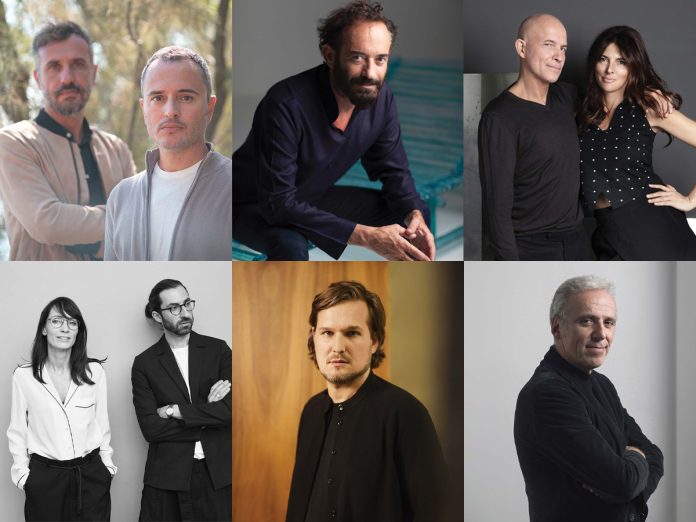1. Does AI technology that generates images with textual input elevate human creativity or make it obsolete?
2. Can technological tools come to replace professionals in the creative sector? Will we see some professions disappear and new ones emerge?
3. In some contexts, robots increase job opportunities. In your opinion, could this also be the case?
4. Is there a machine and/or software that you wish you could use but does not yet exist?
5. Will the way you design be affected by technological evolution?
6. Does it make sense in your opinion to equate human creativity and “artificial creativity”? Is a deep interaction between them possible?
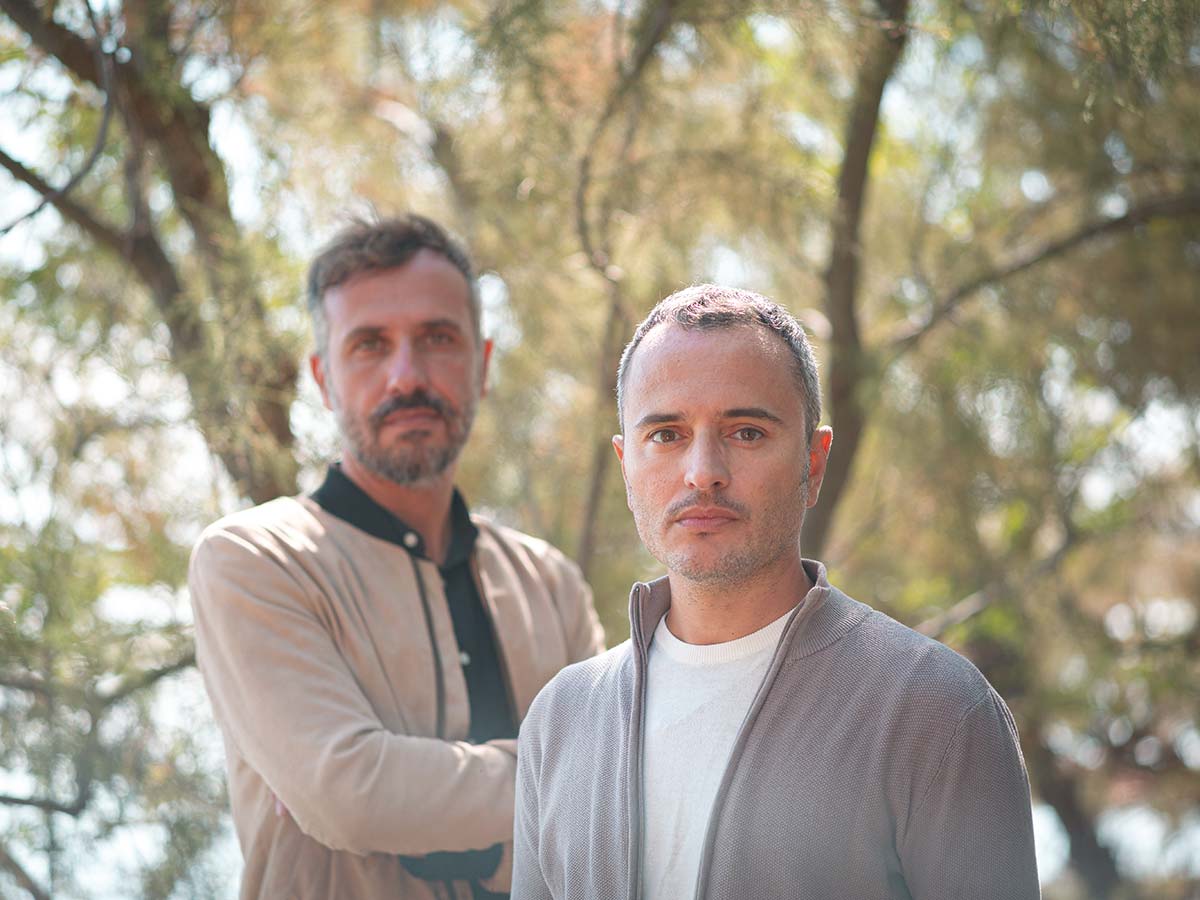
Debonademeo
1. Human creativity is a form of technology itself, that feeds on experience and knowledge. Text input is processed by AI, but it is generated by the user who defines its entity, its juxtaposition and verbal value.
6. As indicated above, in our view it is not only possible, but the interaction is necessary as well. To create means doing, and every action requires expertise, but also a taste for risk and novelty, using all possible tools as long as they are guided by knowledge and awareness. The same goes for AI, through strings of text – if you ask the right questions, you will get the best answers.

Draga & Aurel
1. Human creativity is also made of emotion, manual skill, ingenuity, and in this sense it cannot be completely replaced by artificial intelligence. Technology will increasingly be a partner in creative professions, providing tools to simplify and optimize work and production.
3. The second could not exist without the first, and precisely for this reason they cannot be placed on the same plane. The challenge for the future will be “staying human,” in the creative process and every aspect of life.
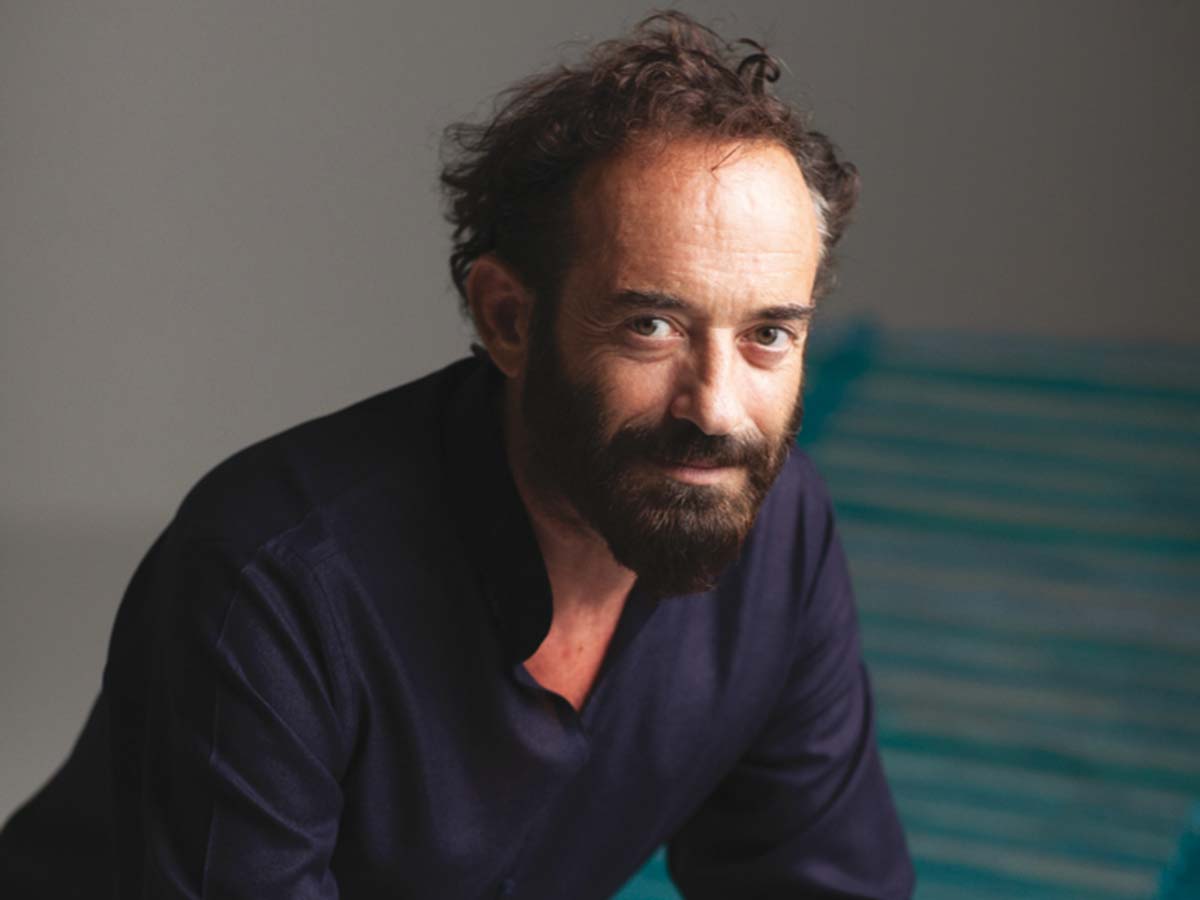
Jacopo Foggini
2&6. Due to pure frenzy, the world today tries to clumsily gauge the success of an idea only from its result, and I think that in this context speed can be confused with efficacy. For me, artificial intelligence is and will remain a tool, an opportunity for man to implement augment his abilities by working with machines, not against them, without letting them work in complete autonomy. Seeing human creativity as obsolete is extraordinarily unrealistic, in my view. We may no longer need to calculate, but we will still be in charge of the creative process of input. Human perception of the world is an unfathomable mystery, the interplay between logical and sensory connections makes us competitive, to triumph over any computer that has been generated by us. The complexity of sight and hearing, touch or smell, the culture of error and the beauty of useless things are human tendencies that AI is ontologically unable to grasp, or at least unable to do so with the elegance of human beings, the result of instincts honed over thousands of years of natural selection and collective knowledge. So I think of AI as a useful tool for the technical world, for calculation, for the prediction of scenarios, as happens today in generative design, with amazing potential. This does not rule out the idea that we can use AI to generate art or creativity, but the work of art has to be identified in the process of generation of the input required by the computer, so it can begin to work.

GamFratesi
2. Design is often a combination of logic and creativity. Both have to coexist. Technological tools help us to speed up the combinations and possibilities during the process, but we are not sure that these combinations can replace human intuition and sensitivity.
5. If there are programs or tools that facilitate the practical part of work, they will obviously be introduced, but an analog, manual part will never be forgotten – this may be nostalgia, but it will remain part of our work process.
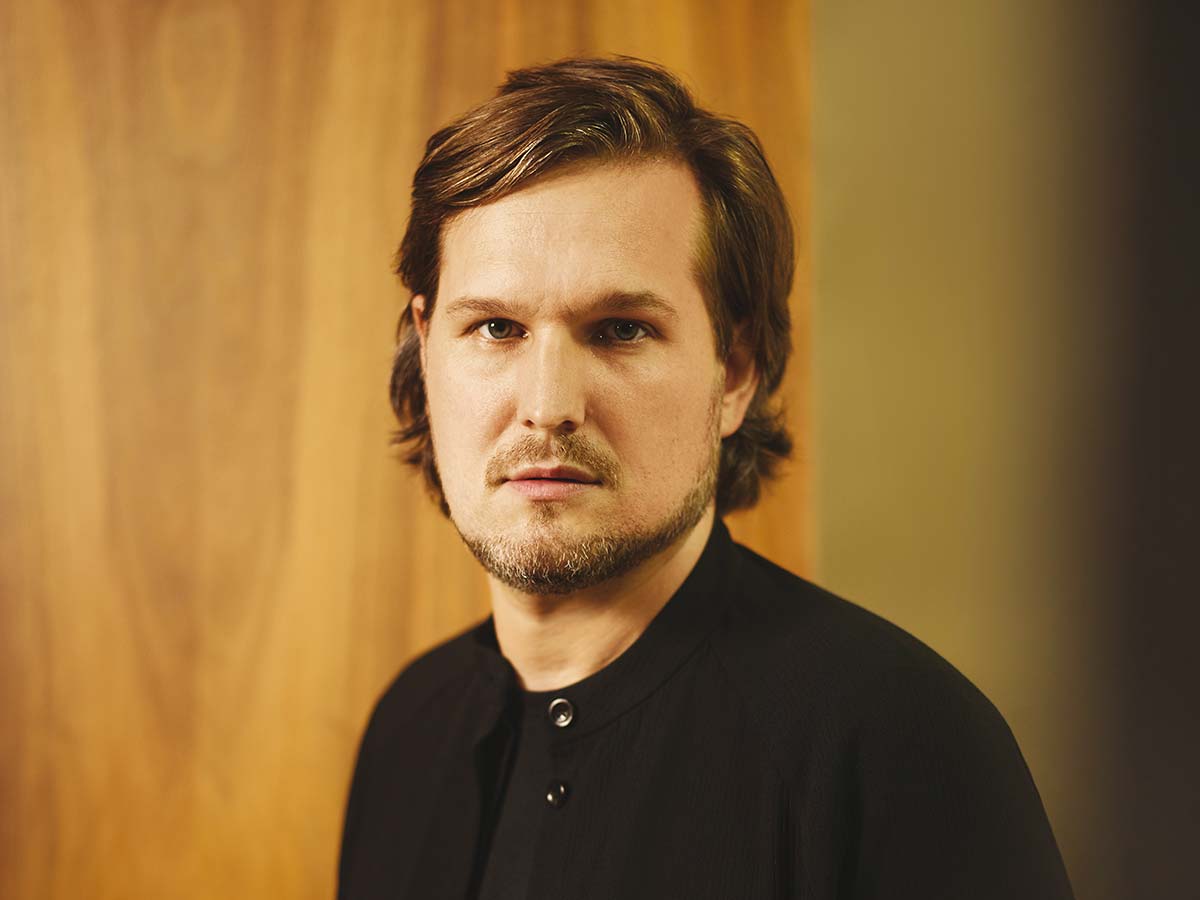
Sebastian Herkner
1. I think human creativity is much more based on the individual experience, intuition and emotions. I do not see here a competitor at all. It is the same with a hand sketch, there you can find always the very personal touch and spontanious attitude which is impossible to achieve with AI.
2. I prefer the idea to work together, on one hand with traditional thinking based on our human norms and behaviors and on the other hand the technological progress. Here it is more important to set general conditions to respect the human cultures and rights. We are already in this metamorphosis from a very man made driven production to a more AI driven one. Still we need to understand that technology or machines are not the better craftsmen at all.
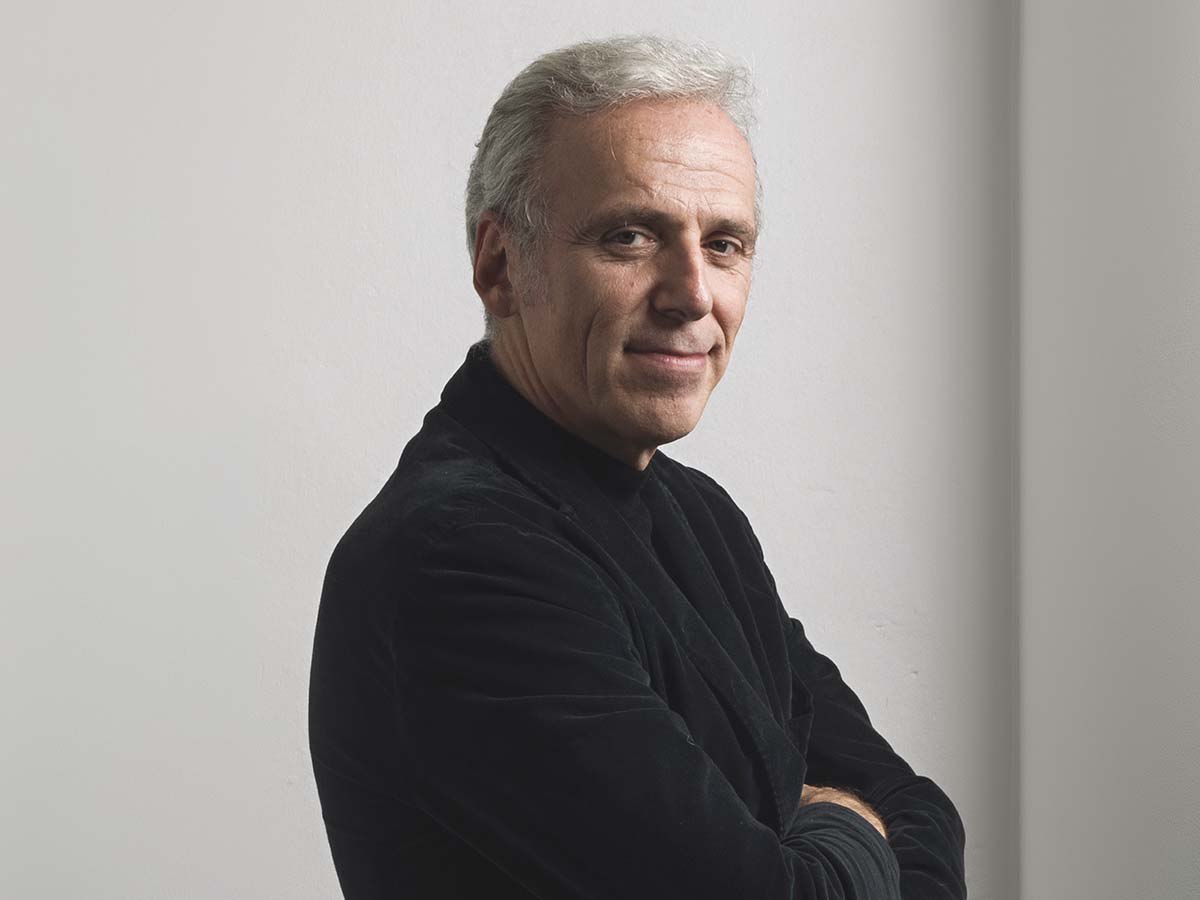
Massimo Iosa Ghini
3. Asimov’s dream of robots at the service of humankind is filtered by the dystopian visions of Philip Dick, with the doubt and suspicion that something will go wrong.
4. What is lacking in our civilization of the imagination is a composer of atoms that makes it possible to put words into concrete order. AI brings the concrete formulation of our ideas closer to us, bringing the atom closer to the bit, as foreseen by Negroponte. Clearly certain passages are missing to make complex functions practicable, but the impression is that the path towards automation by AI of our lives has been traced, and is clearly visible today. It is equally true that whether this will generate better conditions of existence remains to be demonstrated. Like all tools, first you have to understand them and then to optimize their use, in the hope that they will remain tools.

